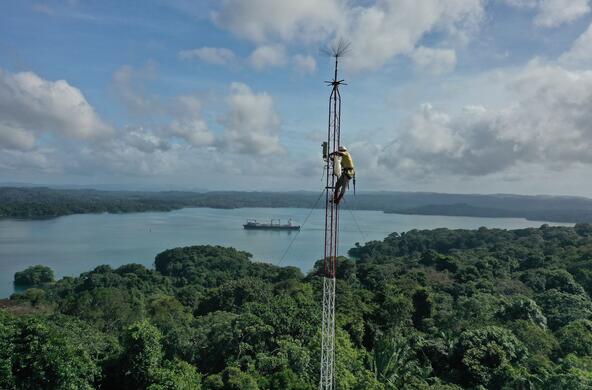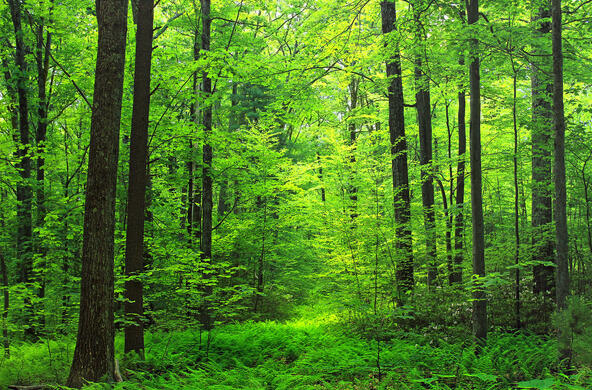There are lots of potential impacts associated with the ongoing changes in global climate, and changes in the distribution of vegetation are among them. Most plant species have adapted physiologically to the range of climate conditions, especially extremes, where we find them today. If the climate changes, their habitat is likely to shift as well. This is true for crop and forestry plants, as well as native species.
When I mention range shifts to those who are agnostic to climate change, I often get a shrug of the shoulders. Or, at best, I hear some mention of how new varieties and cultivation of crops in new areas will compensate for the shifts in climate. When I mention that the shifts in climate will affect the production and quality of wine, then they listen up.
Grapes require specialized climatic conditions for the production of fine wines. Most of the best wines are produced in Mediterranean-type climates found worldwide—in California, Chile, South Africa, Australia, and, of course, the Mediterranean basin. These areas have cool (but not cold) wet winters and hot (but not too hot) dry summers, allowing for a long period of ripening of the fruit, conducive to fine wines.
Unfortunately, most of these regions are projected to experience hotter and drier conditions as this century unfolds, forcing the production of wines elsewhere—generally northward in Europe and America. In France, where the finest grapes are grown on hillslopes of prized terroir—a coupling of slope, exposure, soil, and climate—the change in climate will unravel some of the historical vineyards. For the U.S., one study estimates that the area for the production of fine wines will decline by 81% in this century. Much of the area with the best conditions in California will be lost, in favor of the new climate conditions in the Pacific Northwest.
Increasing drought for viticulture means demands for irrigation waters will increase in regions that are already short of water. Costs for new plantings and new infrastructure will add to the retail price of wines worldwide. All this portends a period of climatic disruption to the production of fine wines. Those who enjoy fine wine will experience new challenges in its selection and new prices to match.
We’ve got to do more than just whine about climate change. The impacts, costs and disruptions are too serious to ignore.
References:
Hannah, L., P.R. Roehrdanz, M. Ikegami, A.V. Shepard, M. R. Shaw, G. Tabor, L. Shi, P.A. Marquet, and R.J. Hijmans. 2013. Climate change, wine, and conservation. Proceedings of the National Academy of Sciences U.S. 110: 6907-6912.
Jones, G.V., M.W. White, O.R. Cooper, and K. Storchmann. 2005. Climate change and global wine quality. Climatic Change 73: 319-343.
Moriondo, M., G.V. Jones, B. Bois, C. Dibari, R. Ferrise, G. Trombi and M. Bindi. 2013. Projected shifts of wine regions in response to climate change. Climatic Change 119: 825-839.
White, M.A., N.S. Diffenbaugh, C.V. Jones, J.S. Pal. and F. Giorgi. 2006. Extreme heat reduces and shifts United States premium wine production in the 21st century. Proceedings of the National Academy of Sciences U.S. 103: 11217-11222.







